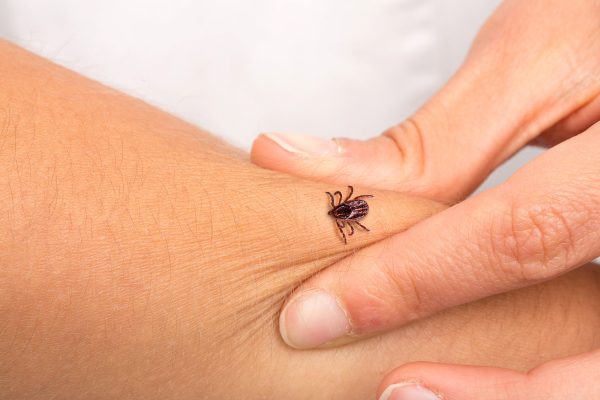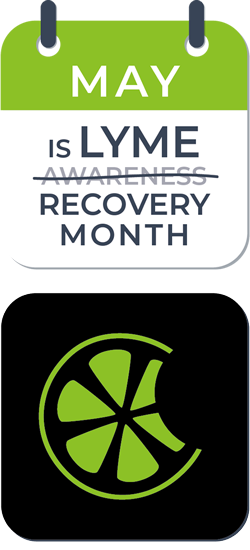Lyme disease is a common disease in the United States, with 300,000 people being affected yearly. It is widespread in Connecticut, Delaware, Maine, Maryland, and Massachusetts. Most people who become infected with Lyme disease develop a bullseye rash. Unfortunately, some also can contract the disease congenitally if a parent is also infected. Lyme disease affects different parts of the body and can cause various symptoms. Please keep reading to learn about the disease and how to prevent it.
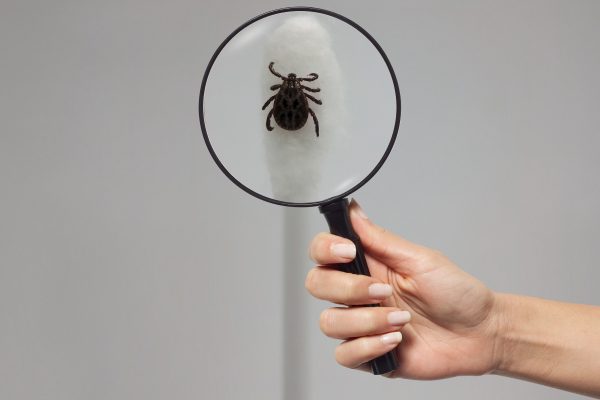
What is Lyme Disease, and How is it Transmitted?
Lyme disease, an infection by the bacterium Bo
rrelia burgdorferi, is transferred to humans through an infected black-legged or deer tick’s bite. Most people who become infected with Lyme disease develop a bullseye rash. However, not everyone develops this rash; some people may have no symptoms.
What are the Symptoms of Lyme Disease, and When Should You See a Physician if You Think You’ve Been Infected?
Early signs and symptoms
An early sign is a small, red bump that can look like a mosquito bite. This appears at the site where you’re bitten and then resolves after a few days. If this happens to you, it doesn’t mean you have Lyme disease. It is critical to watch for signs and symptoms occurring in the first month, such as:
- Rash. This rash is usually a red area that expands slowly and can spread to 12 inches across. The rash may have a bull’s-eye pattern and is usually not painful or itchy but might feel warm to the touch.
- One of the most indicative signs that you were bitten by a tick is erythema migrans, appearing as red circles on your skin. However, not everyone who contracts Lyme disease will develop this rash. Only a few experience it at more than one place in their body.
- Other signs include body aches, chills, fatigue, headache, neck stiffness, and swollen lymph nodes.
Later Signs and Symptoms
- Erythema migrans. This is a painful, red rash that often appears on the hands and feet. It may also appear elsewhere on your body, including around the ears or neckline, what ‘s known as “serum sickness.”
- Joint pain. You’ll feel bouts of severe joint swelling and pain, and it can happen from one joint to another.
- Neurological problems. After several weeks or months, or years after getting the infection, you might get inflammation of the membranes surrounding your brain, which is called meningitis. You can also develop bell’s palsy or a nonpermanent paralysis of one side of the face, as well as weakness or numbness in your limbs and impaired muscle movement.
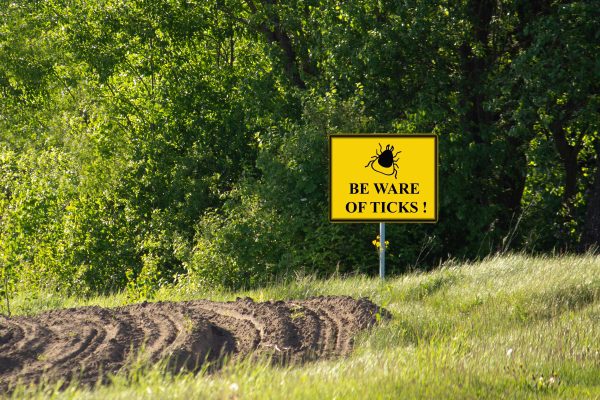
How can You Prevent Lyme Disease From Spreading? What Precautions Should You Take While Outdoors in Tick-Infested Areas?
One way to prevent Lyme disease is to avoid contact with ticks. This can be done by wearing long pants and long-sleeved shirts outdoors, where ticks are common. Ticks are often found in tall grass, bushes, and woods. It is also important to use insect repellent that contains 20-30% DEET on exposed skin and clothing. Make sure to read the directions and follow the instructions on the label.
In addition, you should regularly check for ticks during outdoor activities and remove them promptly if found. Ticks should be removed with tweezers by grabbing them as close to the skin and pulling them straight out. Do not twist or crush the tick, as this may cause its mouthparts to break and stay under the skin. After removing the tick, cleanse the bite area and your hands with soap and water. You can also disinfect the area with alcohol or iodine.
What Home Remedies or Treatments for Lyme Disease Have Been Proven to be Effective?
A few home remedies have been proven to work. These include:

1. Eating a healthy diet: Eating a nutritious diet boosts your immune system and fights off infection. Include plenty of fresh vegetables, fruits, and whole grains in your diet.

2. Exercise: Exercise can also help boost your immune system. Regular physical activity can also help reduce stress, which can further help the body fight off infection.
3. Rest: Getting enough rest is vital for overall health and well-being. It is imperative when you are fighting off an infection. Getting plenty of sleep and rest is highly recommended to help recovery.

4. Hydration: Staying hydrated is essential for overall health. Drinking lots of fluids helps to flush out toxins and can help boost the immune system.
- Manage stress: Stress weakens the immune system and makes it harder for the body to fight against infection. Try to find healthy ways to manage stress, such as deep breathing exercises, yoga, and meditation.
What to do if Someone in Your Family has Contracted Lyme Disease and Needs Treatment?
If someone in your family has contracted Lyme disease, it is essential to seek medical treatment as soon as symptoms occur. Early diagnosis and treatment are crucial in preventing serious complications. The sooner you start a plan, the better the chances of a full recovery. If there is someone in your family who has Lyme disease, watch for signs and symptoms such as a bullseye rash, fever, chills, body aches, joint pain, or neurological problems.
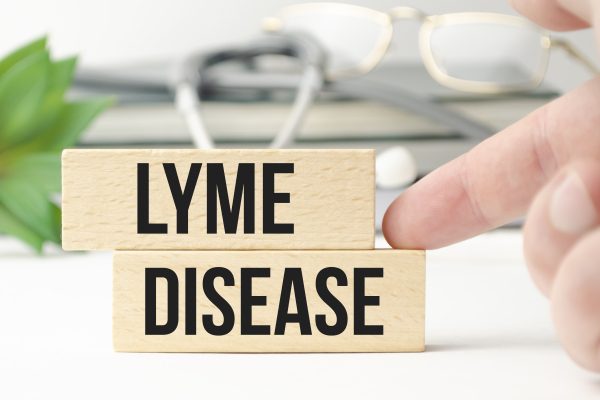
Can Lyme Disease be Fatal if Left Untreated or not Properly Treated, Early in the Infection Process?
Lyme disease can be fatal if left untreated or not properly treated early on in the infection process. If Lyme disease is not treated quickly, it can spread to the nervous system and cause serious neurological problems. Lyme disease can cause aggravation of the membranes surrounding the brain, leading to meningitis. Meningitis is a severe infection that can be fatal. Lyme disease can also cause paralysis of one side of the face (Bell’s palsy) or weakness and numbness in the limbs. If Lyme disease is not treated early and appropriately, it can have life-threatening complications.
